
Guys if I'm not wrong, you definitely love to create embroidery designs but I have a question: do you create high quality embroidery designs? Or want to create high quality embroidery designs but for some reason, you couldn't do that. No worries. We bring this informative and amazing blog post for you. As you know that embroidery digitizing is all about converting artwork into a file that an embroidery machine can read. It sounds simple, but getting a design that looks sharp, colorful, and professional takes know-how and care. In this blog post, we are going to discuss 11 easy tips to help you create embroidery designs, as well as some common mistakes to avoid and tools to make your life easier. So without time, let’s move to the blog post.
Guys if I'm not wrong, you definitely love to create embroidery designs but I have a question: do you create high quality embroidery designs? Or want to create high quality embroidery designs but for some reason, you couldn't do that. No worries. We bring this informative and amazing blog post for you. As you know that embroidery digitizing is all about converting artwork into a file that an embroidery machine can read. It sounds simple, but getting a design that looks sharp, colorful, and professional takes know-how and care. In this blog post, we are going to discuss 11 easy tips to help you create embroidery designs, as well as some common mistakes to avoid and tools to make your life easier. So without time, let’s move to the blog post. First, every eye-catching embroidery designs needs to start with solid ideas. If your design is too complex, think of lots of small details or overlapping elements, it can mess up everything when you stitch. Simple designs with bold shapes work best. For example, a clean logo with a few strong lines is way easier to digitize than one with complex designs. take a pencil and sketch your idea or use software like Adobe Illustrator to map it out. A clear concept is your first step to a design that shines. Your artwork is the heart of your embroidery design. If it’s blurry or low-quality, your final stitches will affect. Always use high-resolution images to keep things sharp. Pixelated or fuzzy images don’t give digitizing software enough detail to work with. The result? unclear edges or uneven stitches that look messy. To avoid this, use artwork with at least 300 DPI (dots per inch) for clear, sharp lines. Go for vector formats like SVG or AI because they scale without losing quality. By the way, these are perfect for digitizing because you can change sizes without worrying about pixelation. But if you’re using a raster image, I suggest you go with PNG, because PNG is a good choice, but make sure it’s high-resolution. Steer clear of JPEGs. They often lose quality due to compression. Make sure your artwork is clean before digitizing. You may simplify shapes, remove stray pixels, and smooth off rough edges with software like Adobe Illustrator or free alternatives like Inkscape. A clean image means fewer headaches when you start stitching. Your software is your best friend in embroidery digitizing. Choosing one that fits your skills and goals is a game-changer. There are some great tools out there. Experts love the Wilcom Embroidery Studio software program because it has advanced features.Hatch Embroidery is super user-friendly, great for both beginners and experts. Brother PE-Design is an affordable and solid choice for embroidery lovers. Each has its benefits, so think about what you need and how much you’re ready to learn. Good software is only as good as your ability to use it. Spend time exploring features like stitch editing or color mapping. Check out tutorials on YouTube or visit the software’s official site (like Wilcom’s training page) for guides. Knowing your tools inside out gives you control over every stitch. Free software like Inkstitch, are good for getting started, they have limitations.. Paid options like Wilcom or Hatch give you more precision and features for professional results. If you’re serious about digitizing, the investment in paid software pays off. Stitches come in a few main types. Satin, fill, and running and each has its own purpose. Satin stitches give a sleek, shiny look, perfect for borders or text. Fill stitches cover bigger areas with texture, like backgrounds. Simple running stitches work well for outlining. Try with samples to choose the stitch that works best for your project because a wrong stitch might ruin the design to pucker, or look uneven. Stitch density is about how many stitches you pack into an area. Too many, and your design feels stiff or puckers the fabric. Too few, and it looks thin and patchy. For most fabrics, aim for a density of 0.4, 0.5 mm for fill stitches. Adjust based on the material. Use denser stitches for tough fabrics like denim and lighter ones for delicate silk. Your software should let you fine-tune this, so play around and test to nail it. Embroidery machines don’t do gradients. They need solid thread colors. If your design has a gradient, break it into flat color blocks using software like Illustrator. This keeps your design clean and stitchable. Match your colors to thread charts from brands likeMadeira or Isacord to make sure they look right when stitched. Small text or super-thin lines can be a nightmare in embroidery. Text smaller than 4 mm often turns out blurry or unreadable, and lines thinner than 1 mm might not hold up. Stick to bold, sans-serif fonts for text, keeping letters at least 4, 5 mm long. For lines, aim for at least 1 mm wide. Test these elements on a sample to make sure they come out clean. Underlay stitches are like the base of a house. They hold everything in place. They go down before your main stitches to stabilize the fabric and prevent shifting or puckering. For example, a light zigzag underlay works well for satin stitches on cotton. Adjust your underlay based on the fabric and design size, and check your software for customization options. Good underlay makes your design look smooth and pro. Not all fabrics are the same. Lightweight ones, like satin, require a softer touch to prevent puckering, while heavy ones, like denim, can take dense, thick stitching. Check the fabric's weight, fabric properties, and texture before doing digitization. Run a test on a similar fabric scrap to see how your design holds up. Never skip testing. Stitch your design on a sample fabric to catch problems like puckering, thread breaks, or wonky alignment. If something’s off, go back to your software and adjust things like stitch angles or density. You can also tweak pull compensation to account for fabric stretch. Testing saves you from big mistakes in the final run. Digitizing gets better with practice. Join online groups like the embroidery digitizing groups on Facebook or check out some embroidery digitizing forums to share your embroidery work and get tips from others. Get suggestions from groups, watch tutorials, or take a course. Staying curious and open to feedback keeps your skills sharp. Here are some traps to watch out for: Overloading with Details: Too many small elements make stitches messy. Simplify your design. Ignoring the Fabric: Wrong settings for the fabric lead to puckering or loose stitches. Skipping Tests: Jumping straight to production can mean costly errors. Starting with Bad Artwork: Low-resolution or blurry images give you low-quality stitches. Wrong Stitch Density: Too much or too little density hurts the look and feel. Plan carefully and test often to steer clear of these issues. Good software is worth its weight in gold. Wilcom, Hatch, and Brother PE-Design are solid choices for pro-level work. If you’re just starting, free tools like Inkstitch can get you going, but they’re not as powerful. Look for trial versions on official sites. For example, Hatch, offers a 30-day trial. If you’d rather hand off the digitizing, online services can deliver top-notch results. True Digitizing is one of them, offering high-quality embroidery digitizing services with quick turnaround and precise stitch files. They work with all kinds of artwork and formats, making sure your designs look sharp. Our team creates designs to fit your needs, which is great for both businesses and hobbyists. Check our website for pricing today. Simulation tools like Embrilliance StitchArtist show you how your design will stitch out before you start. They help you find issues like gaps or overlaps early. After reading the blog post, we understood that High-quality embroidery designs come from careful planning, the right tools, and a bit of practice. Start with clean artwork, pick software that works for you, get your stitches right, and always test your designs. Avoid common mistakes, and keep learning to stay on top in your embroidery game. if you follow these 11 tips, you’re ready to create embroidery designs that look amazing and hold up beautifully.Tip 1: Always Keep Your Concept Simple and Clear
Tip 2: Use High-Resolution Artwork
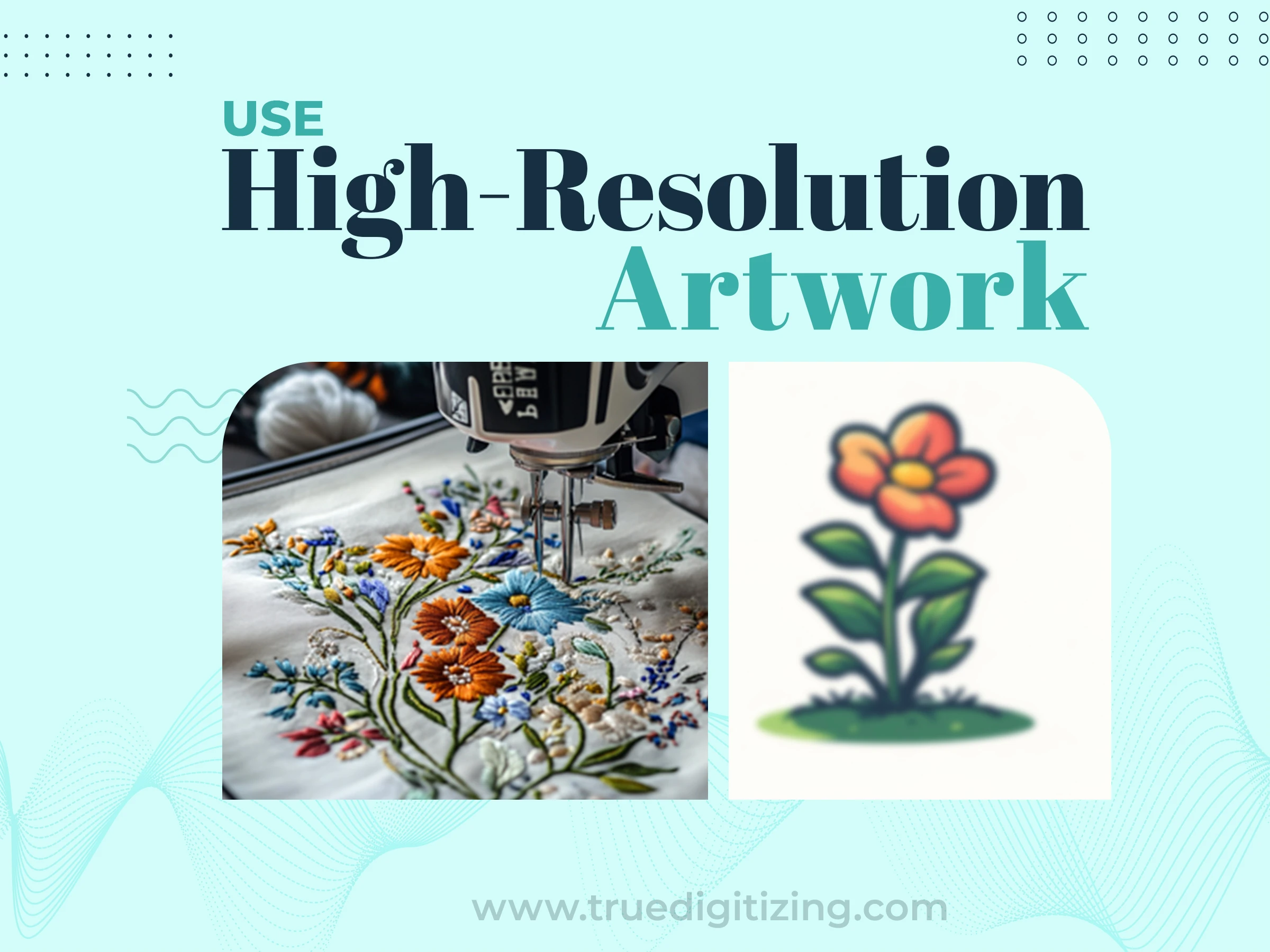
Why Blurry Images Ruin Your Design?
Best File Formats to Use
Clean Up Your Artwork First
Tip 3: Choose the Right Digitizing Software
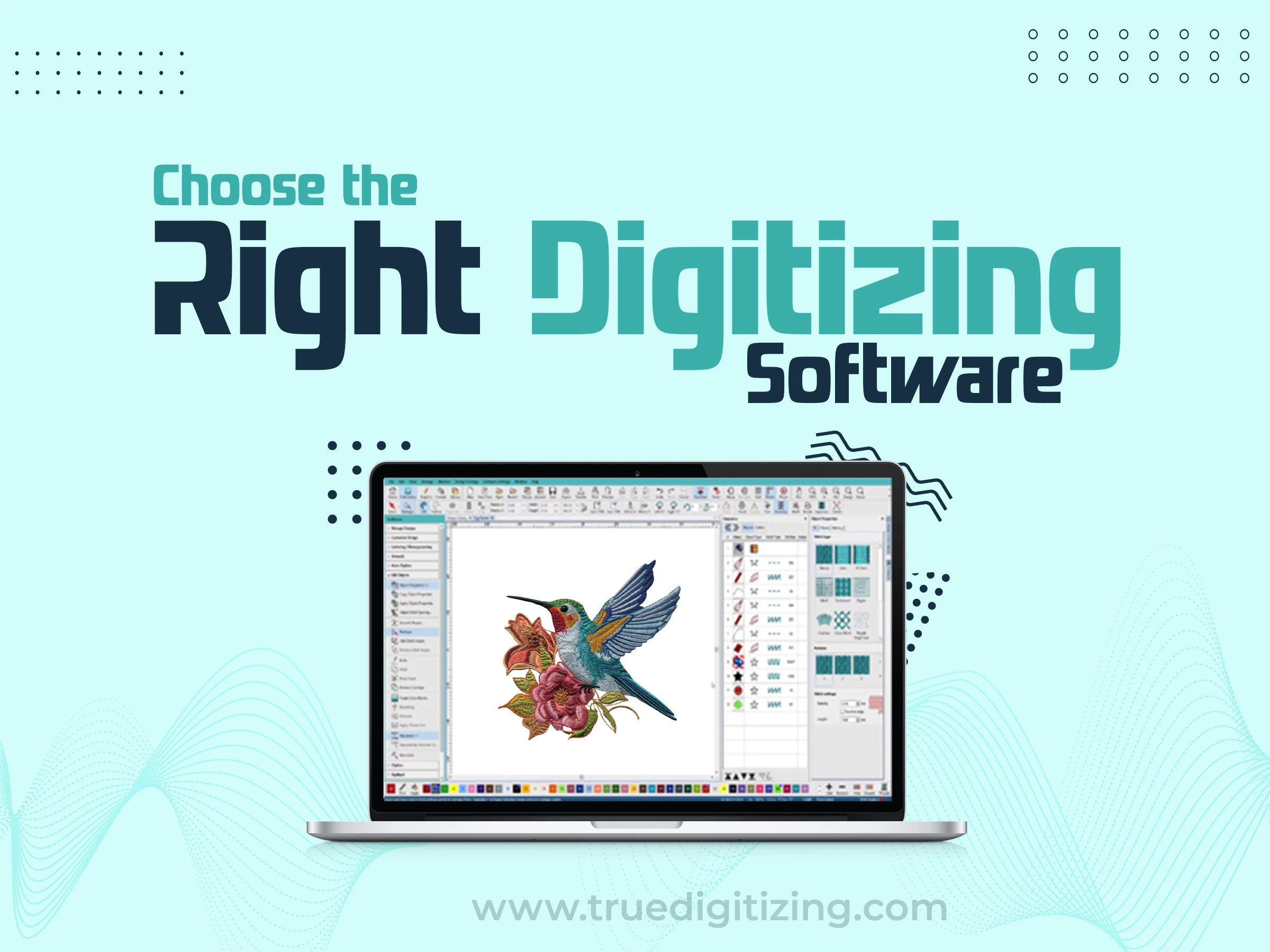
Top Software Options
Why Learning Your Software Matters?
Free vs Paid Software
Tip 4: Understand Stitch Types and When to Use Them
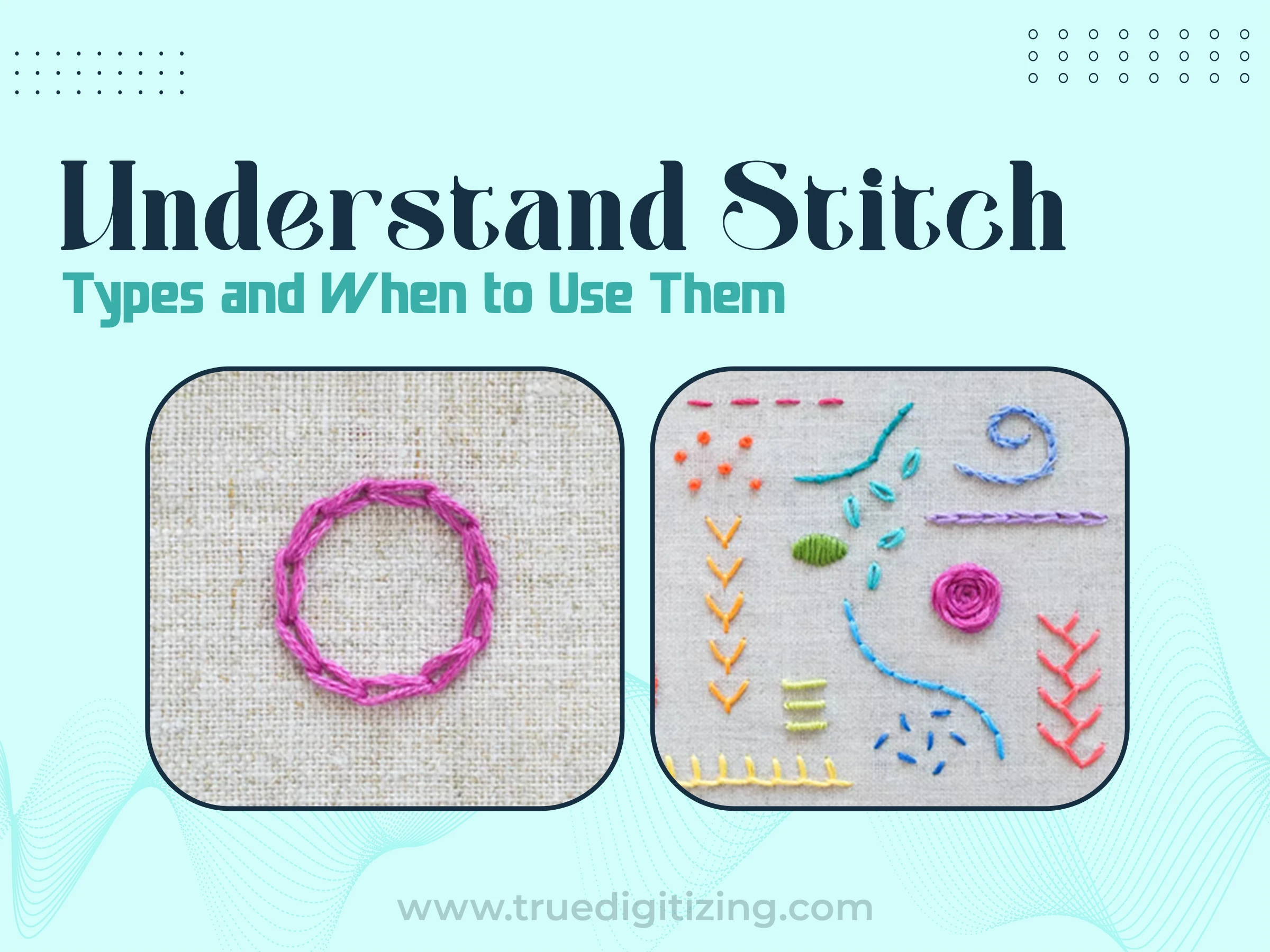
Tip 5: Get Stitch Density Right
Tip 6: Stick to Solid Colors
Tip 7: Skip Small Text and Thin Lines
Tip 8: Use Proper Underlay Stitches
Tip 9: Check the Fabric Type
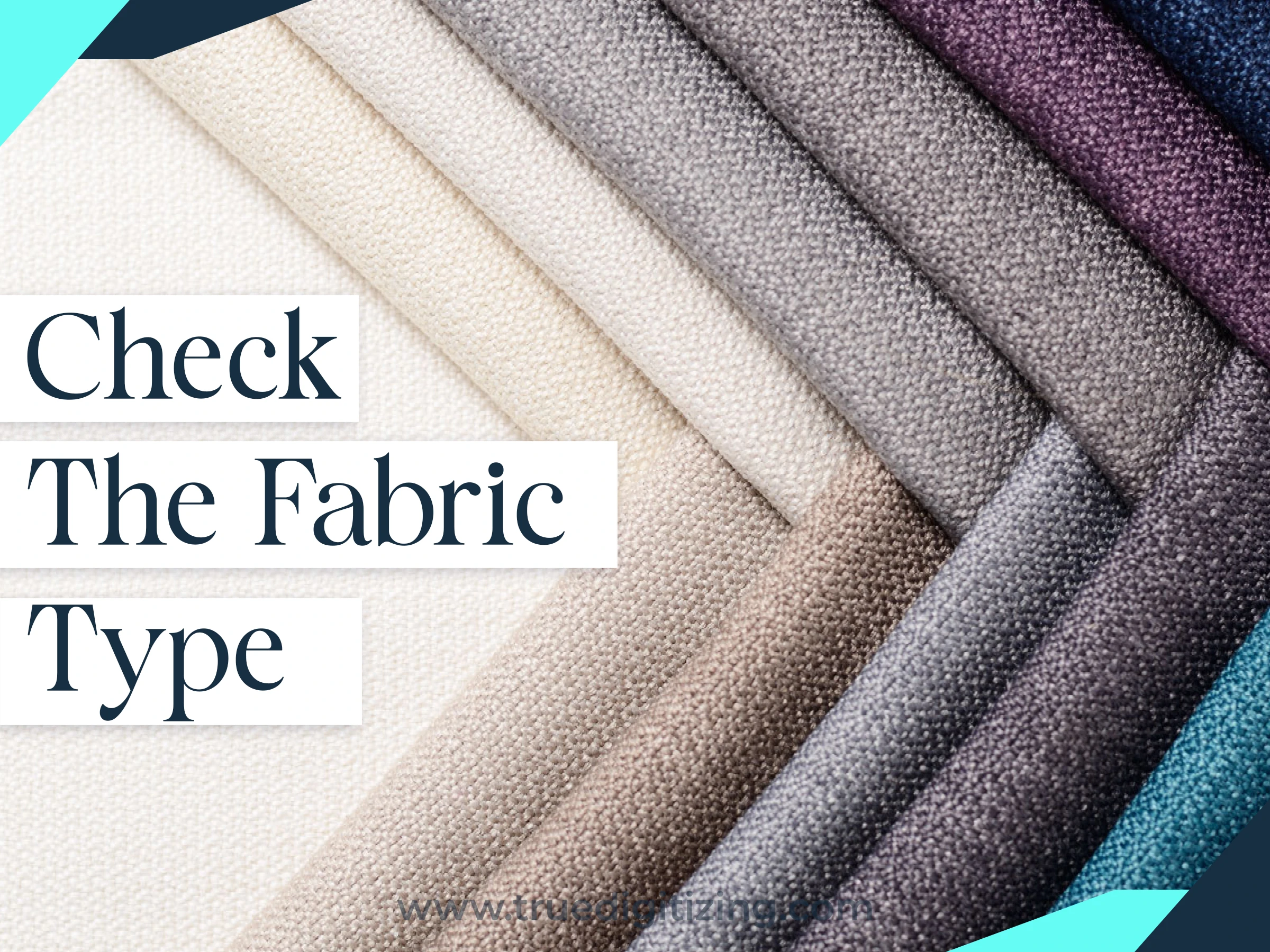
Tip 10: Test, Edit, and Improve Your Designs
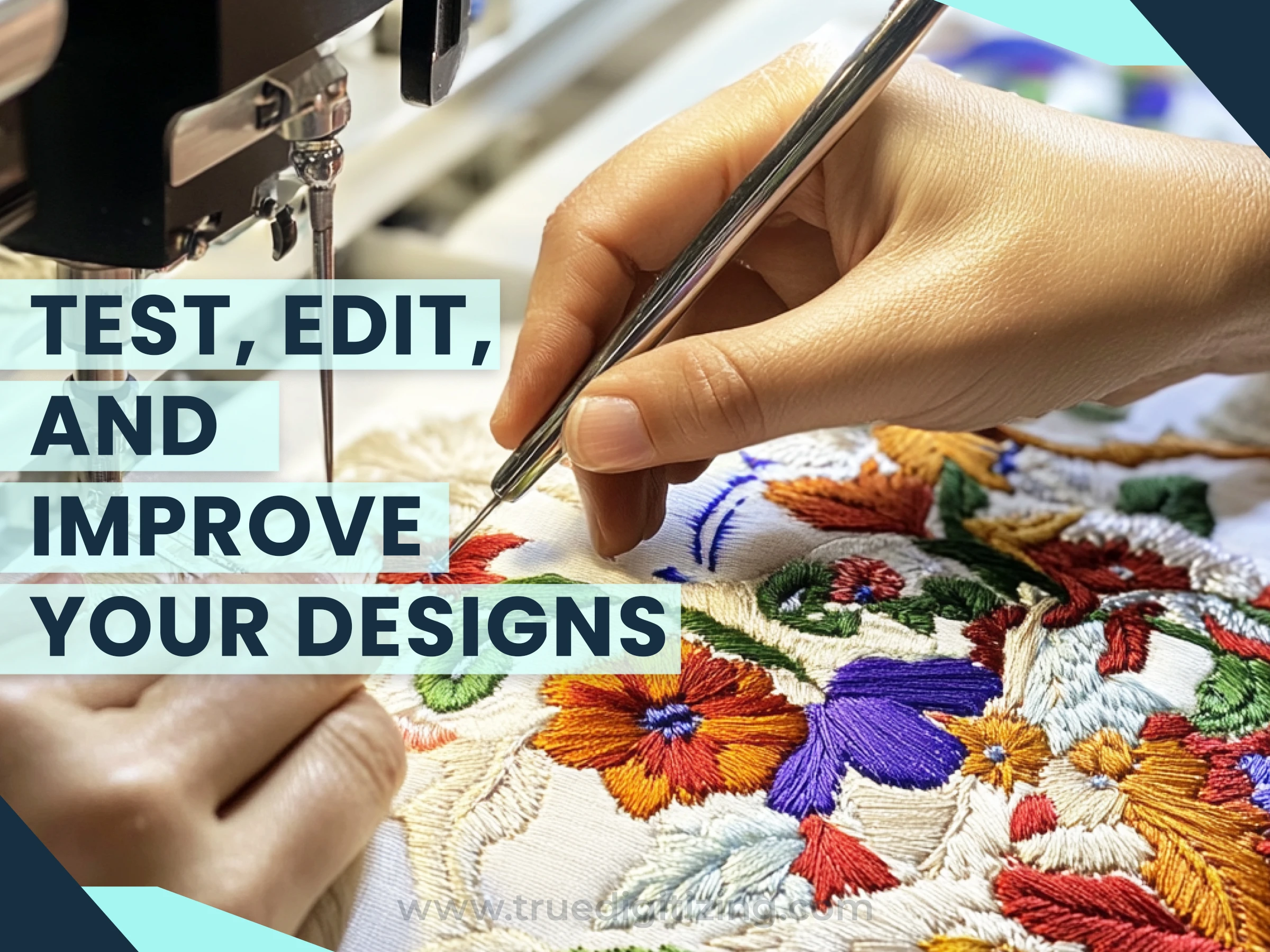
Tip 11: Keep Learning and Ask for Feedback
Common Mistakes to Avoid in Embroidery Design
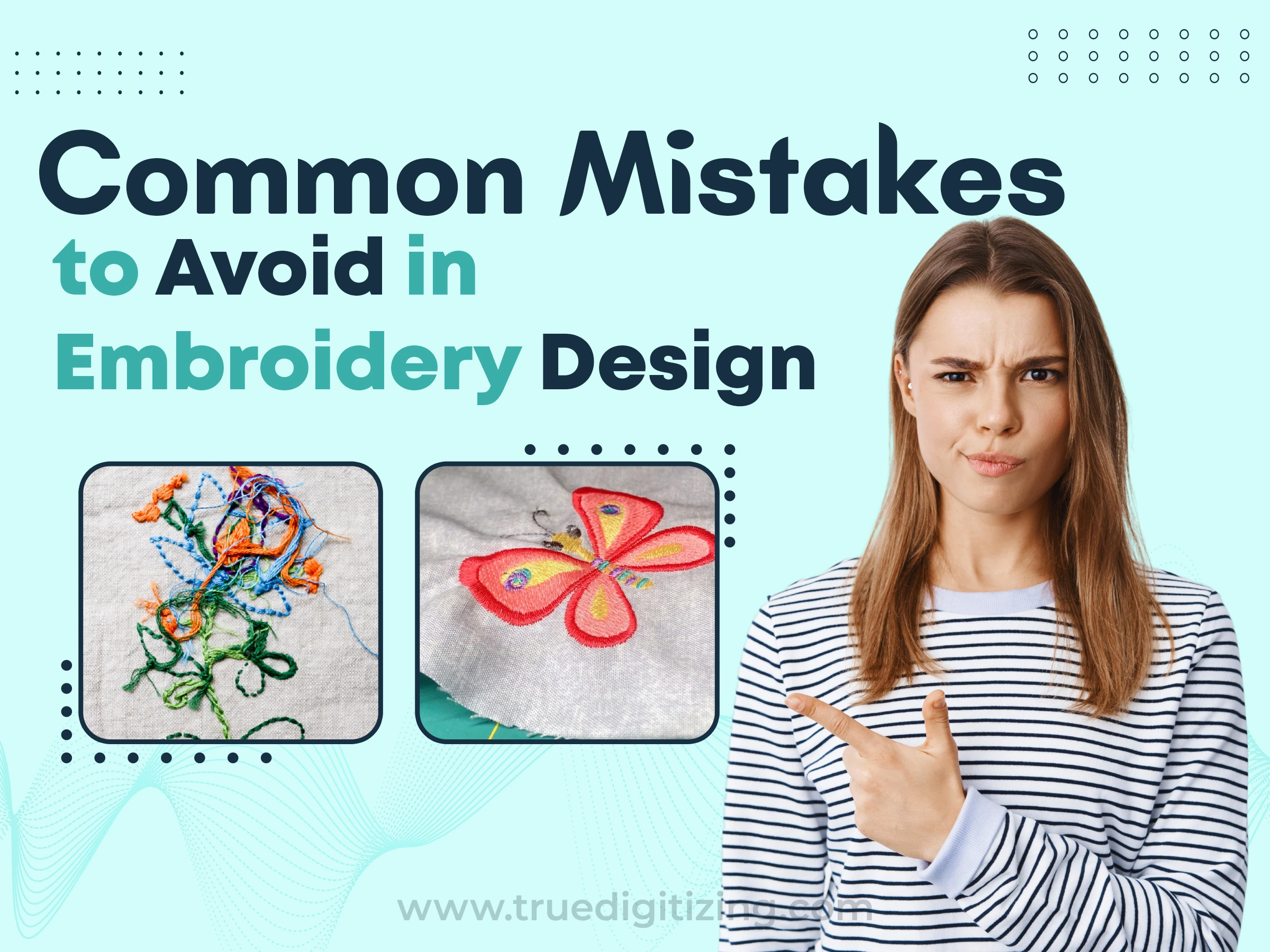
Tools and Resources to Help You Create High-Quality Designs
Embroidery Software
Online Digitizing Services
Embroidery Digitizing Simulation Tools
Conclusion
Nick William has been immersed in the world of embroidery digitizing for over 20 years, earning 25 industry awards throughout his career. As a 3rd generation embroidery expert, Nick’s journey started in his family’s workshop, where he learned the art of digitizing before the rise of modern software. He has worked with leading commercial embroidery businesses and has shared his expertise with over 75,000 home and professional embroiderers. As an author at True Digitizing, Nick is passionate about teaching others how to create beautiful, precise designs through easy-to-follow tutorials and expert advice.
Categories

Understanding Popular Machine Embroidery File Formats
23-04-2025

Is SVG A Vector File? Here’s the Shocking Truth Everyone Should Know
17-04-2025

6 Popular Types of Vector Files 2025
16-04-2025

How To Create A Vector File: Step-by-Step Guide
15-04-2025

What Is A Vector File? Everything You Need To Know
14-04-2025

Best Janome Embroidery Machines You Need to Check Out in 2025
11-04-2025

Custom Embroidery Digitized Designs For Hoodie Lovers
10-04-2025

Best Embroidery Patches For Your Clothes
10-04-2025

Professional Online Photo Digitizing Services Provided by True Digitizing
09-04-2025

Best Babylock Embroidery Machines For You
09-04-2025